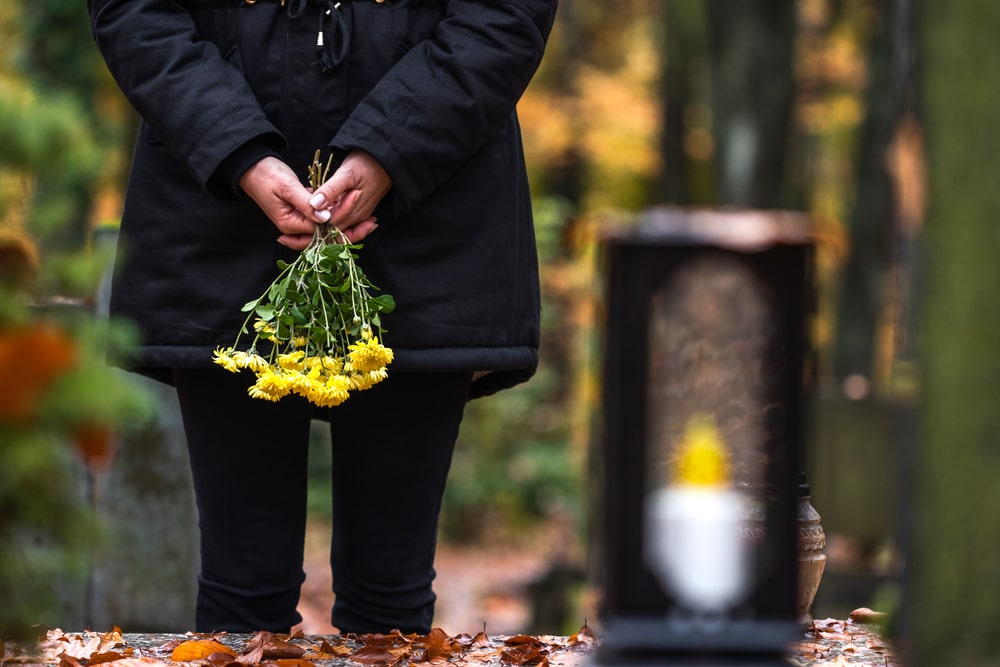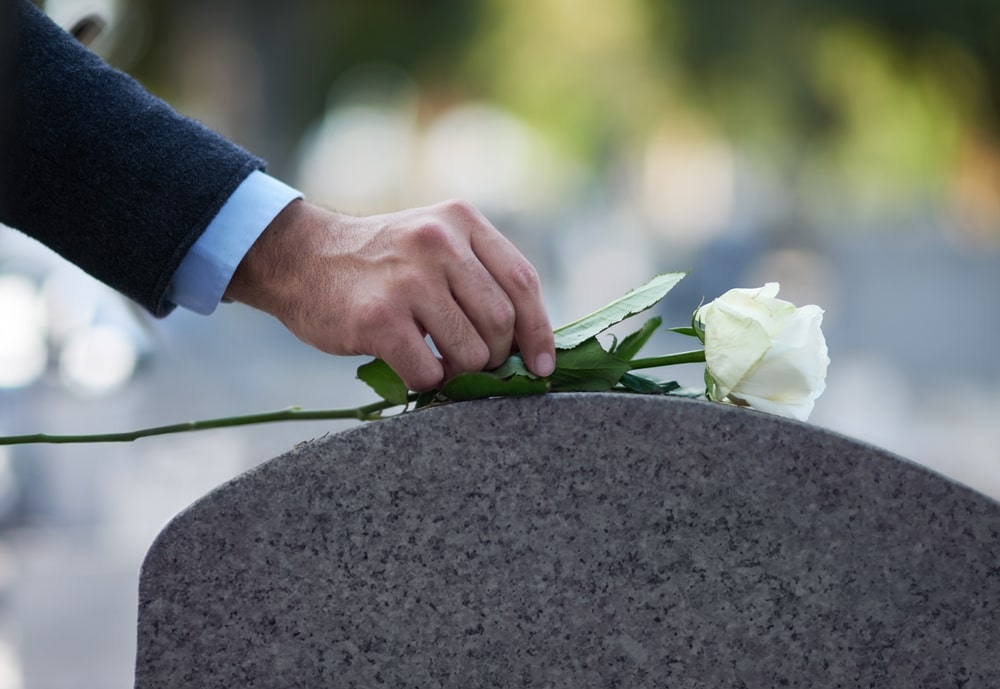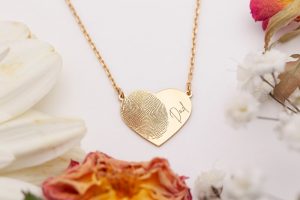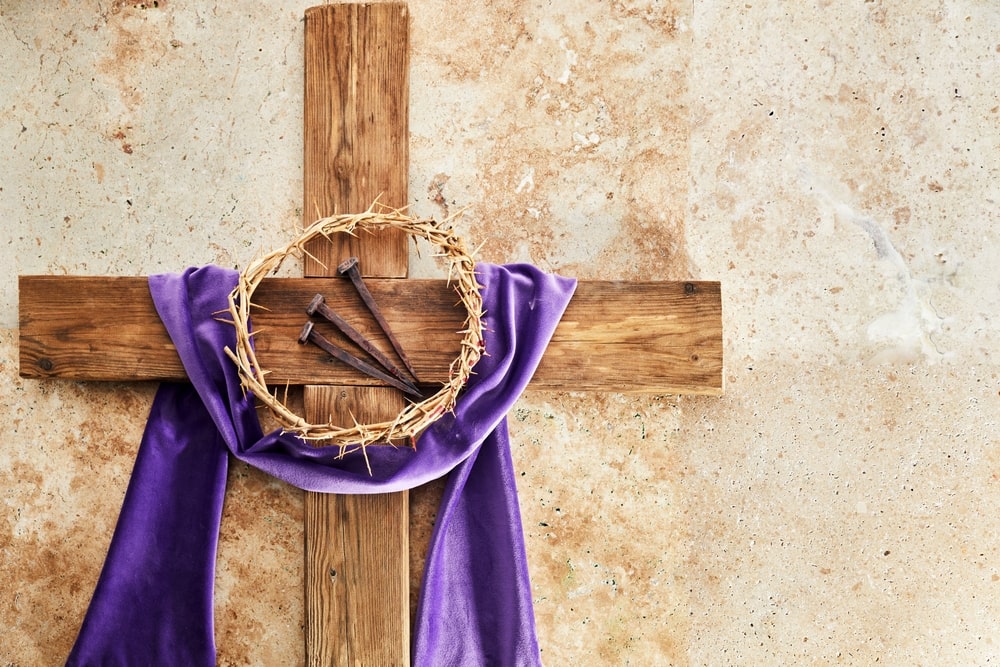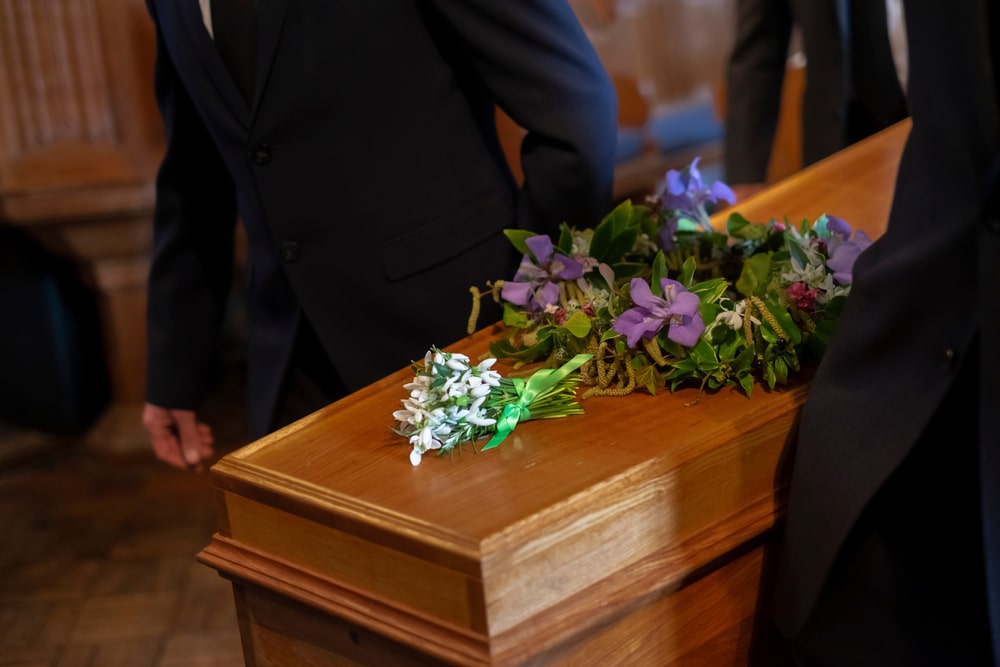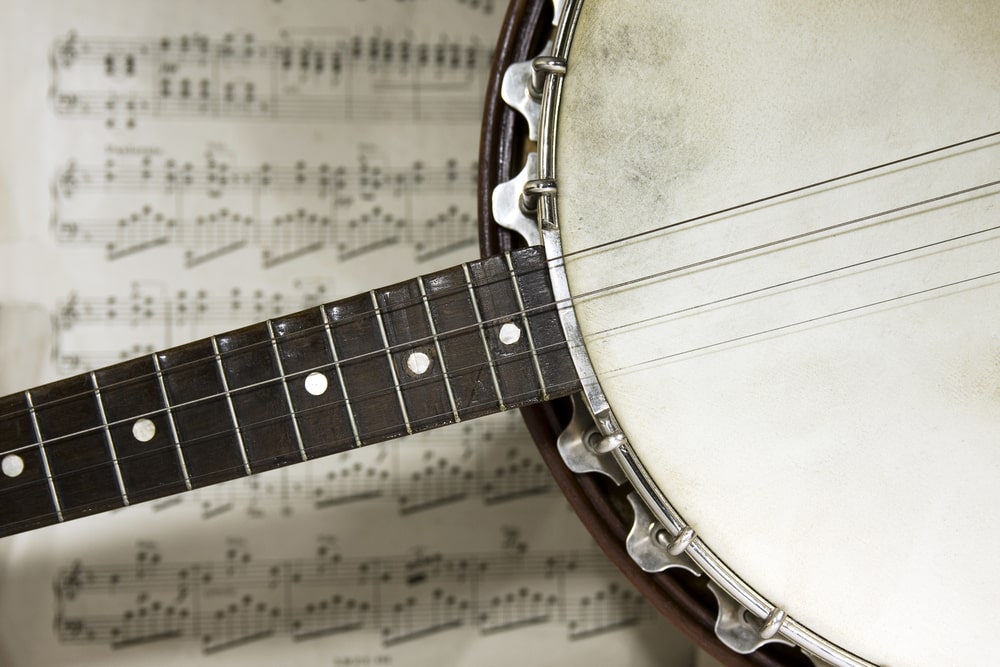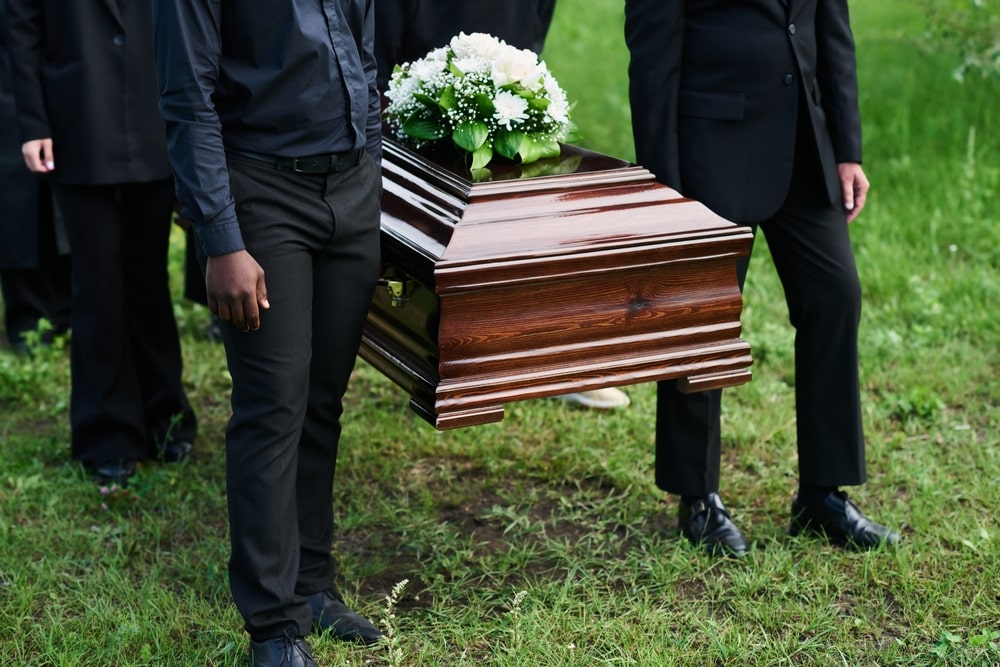
When you buy a car or plan a vacation or throw a 50th anniversary party, you take time to consider your options and review your budget. If you’re planning to purchase a cemetery burial space – whether now or in the future – it’s always a good idea to follow the same practice. While purchasing a plot or niche may seem straightforward, there are some expenses that you may not know about. Today, let’s talk about 8 cemetery expenses to consider as you financially prepare to purchase a burial space in your chosen cemetery.
1. Burial Permit
By law, there are certain rules and regulations around the proper care and disposal of a human body. Before a person can be buried, the funeral home must apply for and obtain a burial permit. Without this document, burial cannot take place, so it’s an important step in the process. Your funeral director will apply for the permit on your behalf, so there’s nothing you will need to do. However, the burial permit does come with a fee. The amount will vary from state to state, so if you’d like to know the cost in your state, make sure to ask your funeral director.
2. Casket or Urn
This next one is a bit self-explanatory. If you have opted for full-body burial, you will need to purchase a casket. There are many different types available in a variety of price ranges, so you should find something that works for your specific needs. If you’ve opted for cremation, you can either place the cremated remains in a niche or bury them in a plot. Either way, you will need an urn to house the ashes. Speak with a funeral director to get a good sense of the cost of urns and caskets in your area. They can explain the pros and cons of the different materials and types.
3. Outer Burial Container
When a casket or an urn is buried, it is placed in an outer burial container. This container (often made of concrete) prevents the ground from shifting too much as the dirt around the grave settles. There are long-term benefits to preventing the ground from settling unevenly. For example, the cemetery grounds remain level (fewer tripping hazards), routine maintenance is easier and less expensive, and headstones are less likely to shift and tip over time. Unless it’s a “green” cemetery, most burial grounds require, at a minimum, the use of a grave liner.
There are two types of outer burial containers: grave liners and burial vaults. To learn more about them, read “Grave Liners & Burials Vaults: What’s the Difference?”
4. Plot or Niche
And here’s another obvious expense – the plot or niche itself. The offerings at every cemetery will be a bit different, and costs will vary depending on where you live. Additionally, certain sections of the cemetery may come with a higher price tag. It’s also likely that if you want a plot close to a water feature, bench, or something similar, the cost may go up. The best way to nail down what a plot or niche costs is to speak with cemeteries that service your area. Then, with the information you’ve gathered, you can select the cemetery and plot option that best fit your specific needs.
5. Opening & Closing of the Grave
If you have chosen casket or urn burial for your final disposition, then you will also need to consider the cost of opening and closing the grave. But what does it mean to open and close the grave? This fee includes digging the grave itself, preparing the ground around the site for the graveside service, back-filling the ground once services are complete, and then landscaping the area to restore and preserve the beauty of the burial space. The cemetery employs maintenance and grounds staff to ensure that this necessary function is done well and correctly for each family.
6. Headstone or Grave Marker
There’s one thing you will always find at any final resting place – a headstone or grave marker. Grave markers come in a variety of types, so there are quite a few options to consider. Do you want a more traditional headstone made of granite? Or do you prefer a flat, bronze marker? Do you need a simple plaque for a cremation niche? Would you like to add custom details to the grave marker, like a gravestone recipe or an inscription or image? The cemetery or funeral home can direct you to a reputable monument company, who will work with you to create a marker that commemorates a loved one’s life for generations to come.
7. Headstone Installation
Related to the grave marker, there may be an additional expense to properly install the headstone once it’s complete. When you are speaking with cemetery personnel, make sure to ask if they have an installation fee and if it varies depending on the type of grave marker. For example, it may cost less to install a single grave marker than to install one that includes multiple names. Having this information will help you make decisions regarding what type of headstone you want to commission for a loved one’s grave.
8. Perpetual Care
One final cemetery expense to consider is perpetual care. But what is perpetual care? Basically, this fee is paid into the cemetery maintenance fund. The fund is then used for groundwork, security, and other tasks like mowing, weeding, or maintaining pathways and signage. In this way, the grave is looked after and cared for regularly for years to come. Sometimes the service includes headstone maintenance, but often, it does not. Generally, perpetual care is a one-time fee that is 5-15% of the burial plot’s price. However, it can vary, so make sure to ask the cemetery for more specifics.
What Next?
There’s a lot of information out there about average costs for burial, but it’s best not to rely too much on generalities. It’s true that if you live in Arkansas, your burial costs are going to be lower than if you live in California. However, within California, burial in one area of the state may cost less than another. The best way to figure out average burial costs in your area is to speak with a few cemeteries where you live. That way, you can get a good sense of the average.
Before we go, it’s worth noting that you may want to purchase a cemetery plot early. Planning ahead for funeral and cemetery wishes is an easy process and can save your family hundreds, if not thousands, of dollars in the long run. By taking time now to speak with a funeral home and a cemetery, you can remove the burden of planning from your family’s shoulders and ensure that everything meets your wishes and stays within your budget. You can reach out to a trusted funeral home to learn more about the benefits of planning for funeral wishes in advance.










